August 16, 2025 by 100XBuilds Team
10x Revenue Growth: Strategic Planning Framework

"We scaled from $8M to $47M in annual revenue in just 36 months by implementing a systematic growth framework that most builders never even consider." - Marcus Chen, CEO of Pinnacle Custom Homes
Most luxury builders plateau at $5-15M because they're playing checkers while their competitors are playing chess. They're reactive instead of strategic, tactical instead of systematic. But the builders who break through to $50M+ revenue? They follow a proven growth planning framework that treats their business like the high-stakes investment it truly is.
The 10x Growth Reality Check
Here's what separating the $5M builders from the $50M builders actually looks like in hard numbers:
Average $5M Builder:
- 8-12 projects annually
- $400K-600K average project value
- 15-25% gross margins
- 2-3 lead sources
- Owner handles 60%+ of operations
Systematic $50M Builder:
- 75-100+ projects annually
- $500K-800K average project value
- 25-35% gross margins
- 8-12 diversified lead sources
- Owner focuses on strategy and growth
The gap isn't just about scale—it's about systematic thinking. The builders who achieve 10x growth don't just do more of the same. They fundamentally restructure how they approach every aspect of their business.

The Strategic Growth Framework
Phase 1: Foundation Audit (Months 1-3)
Before you can scale to $50M, you need brutal honesty about where you stand today. Most builders skip this step and wonder why their growth efforts fail.
Revenue Architecture Analysis:
Map every dollar of revenue to its source. Track these metrics monthly:
- Lead source performance (cost per lead, conversion rates, lifetime value)
- Project profitability by type, size, and location
- Client acquisition costs vs. lifetime value ratios
- Referral rates and repeat client percentages
Operational Capacity Assessment:
Document your current systems' breaking points:
- Maximum projects your current team can handle simultaneously
- Bottlenecks in your design, permitting, and construction processes
- Subcontractor capacity and reliability metrics
- Cash flow cycles and working capital requirements
Market Position Evaluation:
Analyze your competitive landscape with precision:
- Market share in your target price segments
- Brand recognition and reputation metrics
- Pricing power compared to direct competitors
- Geographic expansion opportunities
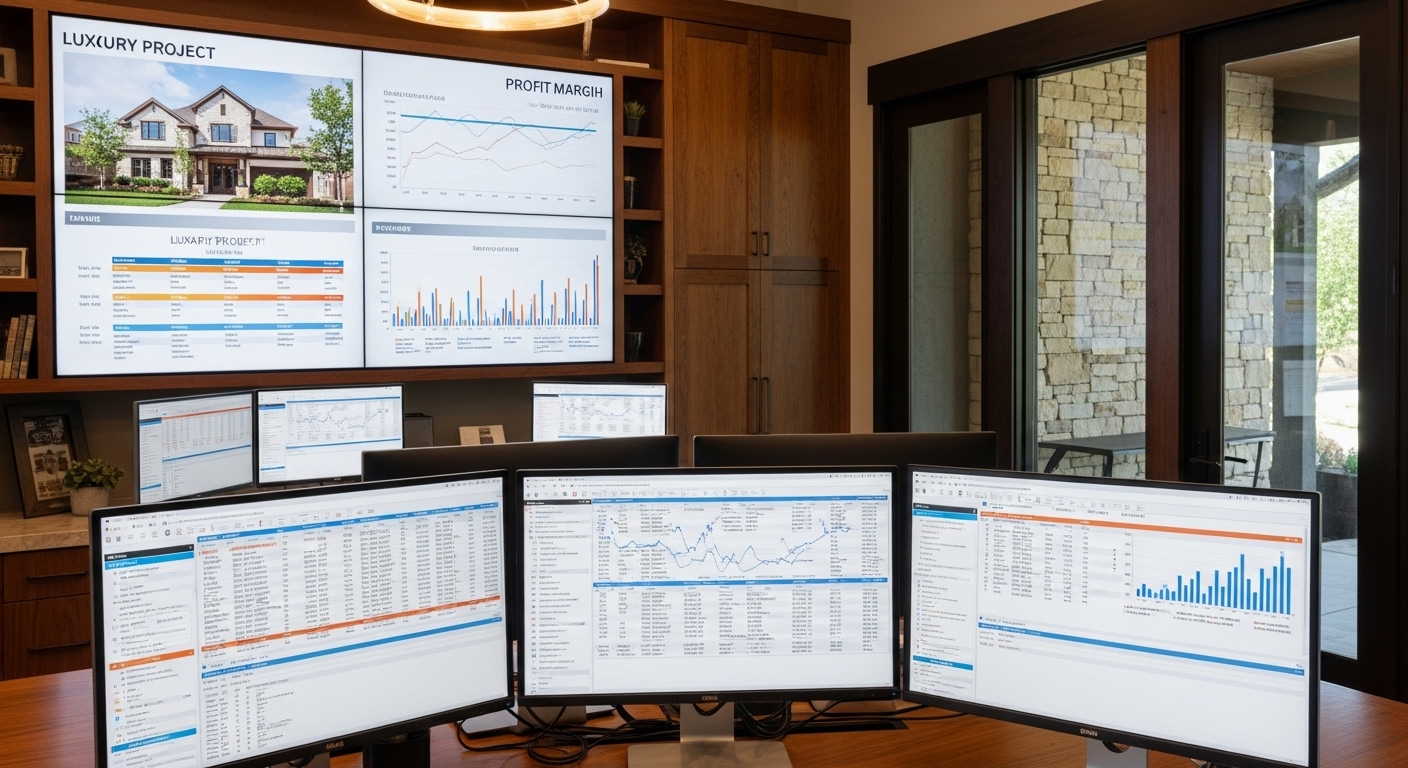
Phase 2: Strategic Architecture (Months 4-6)
This is where most builders fail. They jump straight to tactics without building the strategic foundation that supports 10x growth.
Revenue Diversification Strategy:
Single-source revenue is single-point failure. Build multiple revenue streams:
Primary Revenue Streams:
- Custom luxury homes ($500K-$2M range)
- Ultra-luxury projects ($2M+ range)
- Luxury renovations and additions
- Commercial luxury projects (boutique developments)
Secondary Revenue Streams:
- Design-build consulting
- Project management services
- Luxury home maintenance contracts
- Real estate development partnerships
Market Expansion Framework:
Geographic expansion requires systematic approach:
Tier 1 Markets: Primary service area with established reputation Tier 2 Markets: Adjacent markets with similar demographics Tier 3 Markets: Strategic expansion markets with high luxury demand
Each tier requires different marketing strategies, team structures, and operational approaches.

Phase 3: Systems and Infrastructure (Months 7-12)
You can't manage what you can't measure, and you can't scale what you can't systematize.
Technology Infrastructure:
CRM and Project Management:
- Integrated CRM tracking every client interaction
- Project management software with real-time updates
- Financial management systems with project-level profitability
- Document management for plans, permits, and contracts
Marketing Automation:
- Lead nurturing sequences for different client segments
- Automated follow-up systems for prospects and past clients
- Social media scheduling and content management
- Email marketing campaigns with segmentation
Operational Systems:
Standardized Processes:
- Client onboarding and consultation procedures
- Design development and approval workflows
- Permitting and inspection management
- Subcontractor coordination and quality control
Quality Control Systems:
- Inspection checklists and photo documentation
- Client communication protocols and schedules
- Change order management and approval processes
- Final walkthrough and warranty procedures

The 10x Growth Execution Plan
Year 1: Foundation and Systems (Target: 50% Revenue Growth)
Months 1-6: Infrastructure Development
Focus on building the systems that will support massive growth:
Team Expansion Strategy:
- Hire project managers before you need them
- Develop apprenticeship programs for key roles
- Create standard operating procedures for every position
- Implement performance metrics and accountability systems
Marketing System Implementation:
- Launch comprehensive digital marketing strategy
- Develop referral partner network
- Create content marketing system
- Implement lead scoring and nurturing processes
Financial Management Upgrade:
- Implement job costing software with real-time tracking
- Develop cash flow forecasting models
- Create project profitability dashboards
- Establish credit lines for growth capital
Months 7-12: Optimization and Scale
Process Refinement:
- Analyze bottlenecks and eliminate inefficiencies
- Optimize subcontractor relationships and contracts
- Streamline permitting and approval processes
- Implement lean construction principles
Market Expansion:
- Enter one new geographic market
- Launch luxury renovation service line
- Develop commercial project capabilities
- Create strategic partnerships with architects and designers
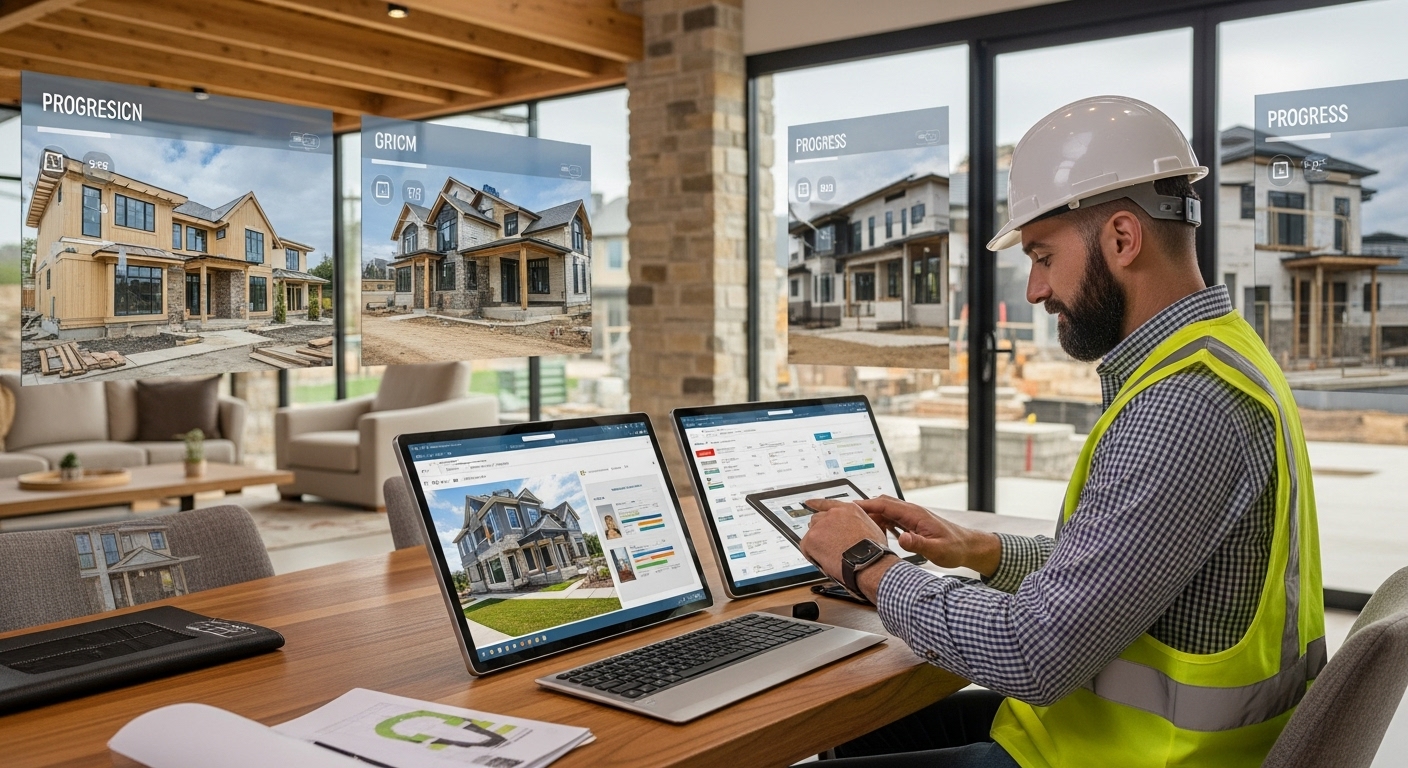
Year 2: Acceleration (Target: 100% Revenue Growth)
Advanced Marketing Strategies:
Digital Dominance:
- SEO optimization for luxury home keywords
- Google Ads campaigns with precise targeting
- Social media advertising to high-net-worth individuals
- Video marketing showcasing completed projects
Relationship Marketing:
- VIP client events and exclusive previews
- Architect and designer partnership programs
- Real estate agent referral systems
- Luxury service provider cross-referrals
Operational Excellence:
Quality Systems:
- Third-party quality inspections
- Client satisfaction surveys and feedback loops
- Warranty and service programs
- Continuous improvement processes
Team Development:
- Leadership development programs
- Performance-based compensation systems
- Cross-training and skill development
- Company culture and values reinforcement
Year 3: Domination (Target: 200%+ Revenue Growth)
Market Leadership Strategy:
Brand Authority:
- Industry speaking engagements and thought leadership
- Award submissions and recognition programs
- Media relations and publicity campaigns
- Case study development and sharing
Strategic Acquisitions:
- Acquire smaller builders in target markets
- Purchase key subcontractor businesses
- Invest in complementary service providers
- Develop real estate investment partnerships
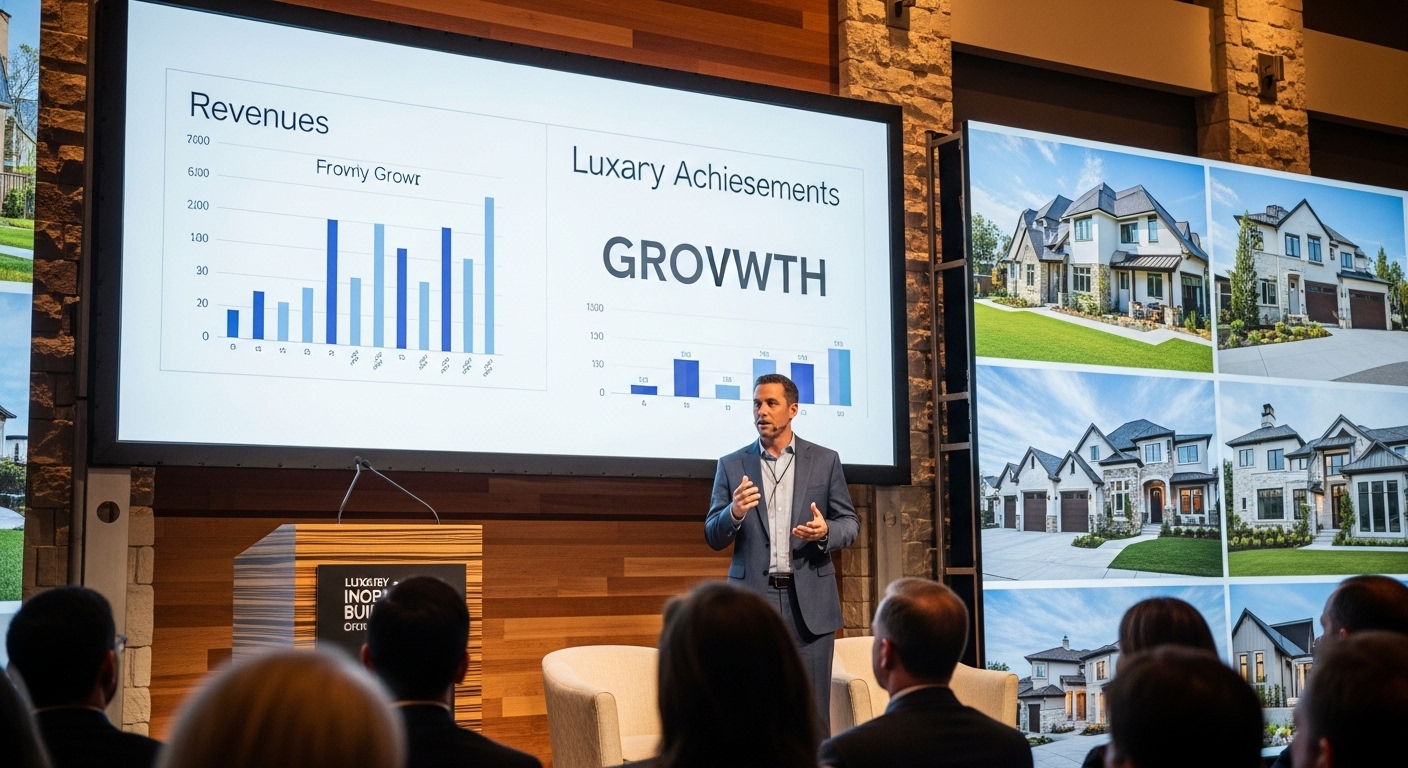
Financial Planning for 10x Growth
Capital Requirements Analysis
Working Capital Needs:
Growing from $5M to $50M requires significant working capital investment:
Year 1: $2-3M additional working capital
Year 2: $5-7M additional working capital
Year 3: $10-15M additional working capital
Funding Sources:
- Bank credit lines secured by completed projects
- Equipment financing for tools and vehicles
- SBA loans for expansion and acquisition
- Private investors or partners for major growth capital
Cash Flow Management:
Project Scheduling:
- Stagger project starts to optimize cash flow
- Negotiate favorable payment terms with clients
- Implement progress billing systems
- Maintain 90-day cash flow forecasts
Profitability Optimization:
- Target 30%+ gross margins on all projects
- Implement value engineering processes
- Negotiate volume discounts with suppliers
- Optimize labor efficiency and productivity
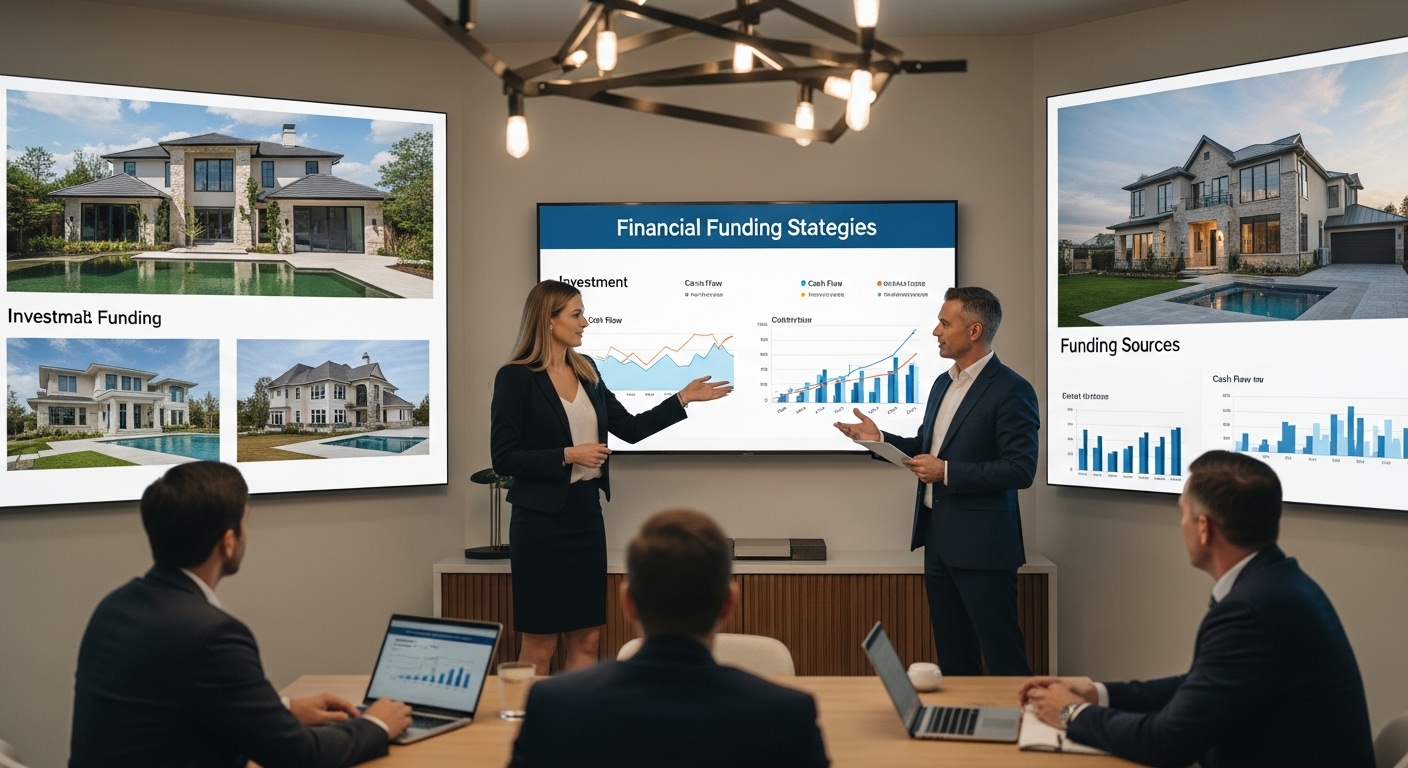
Risk Management and Contingency Planning
Market Risk Mitigation
Economic Downturn Preparation:
- Maintain 6-month operating expense reserves
- Develop recession-resistant service offerings
- Create flexible cost structures
- Build diverse client base across price points
Operational Risk Management:
- Comprehensive insurance coverage
- Bonding and licensing compliance
- Legal contract review and updates
- Safety program implementation and training
Quality Control Systems
Client Satisfaction Metrics:
- Net Promoter Score tracking
- Project completion satisfaction surveys
- Referral rate monitoring
- Online review and reputation management
Project Delivery Excellence:
- On-time completion rate targets (95%+)
- Budget adherence metrics (within 2%)
- Quality inspection pass rates
- Change order management efficiency
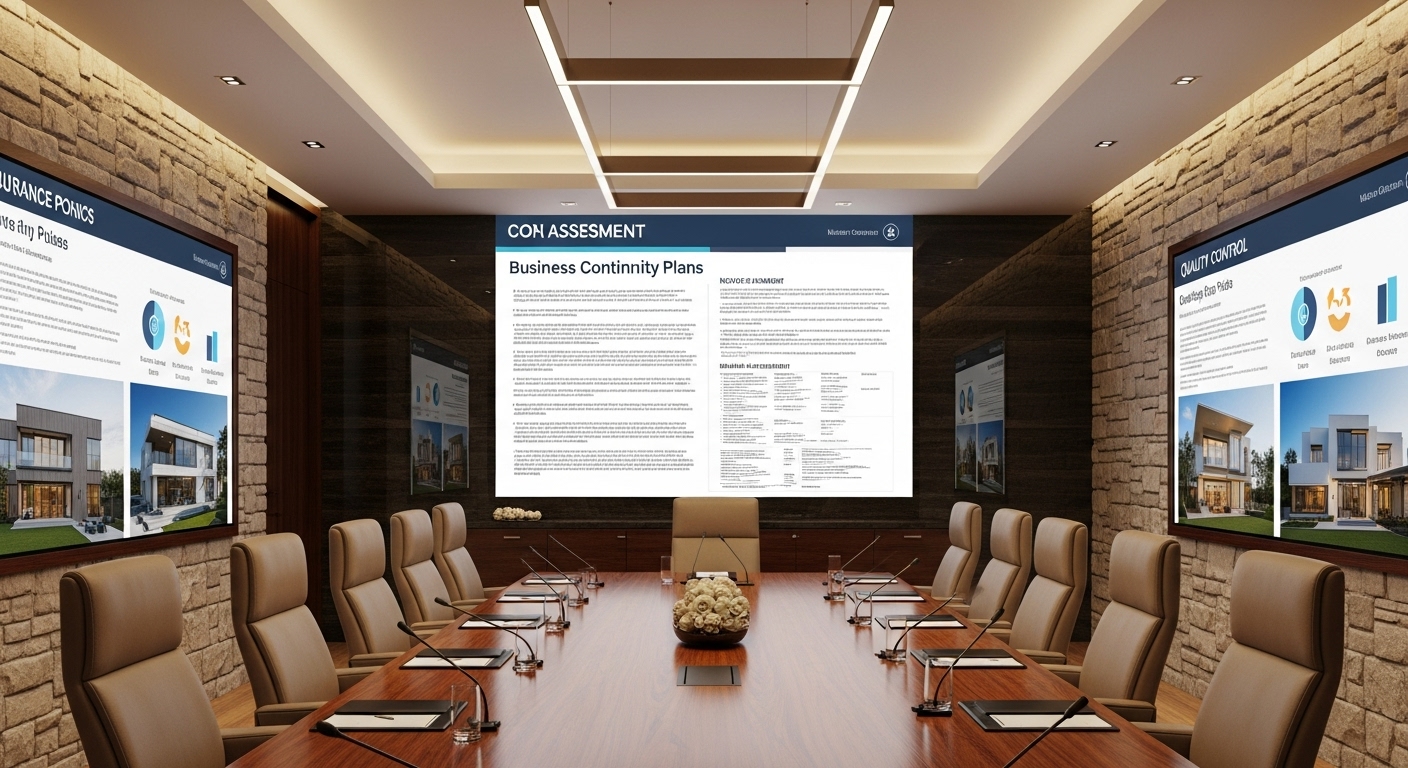
Measuring and Optimizing Growth
Key Performance Indicators
Revenue Metrics:
- Monthly recurring revenue growth rate
- Average project value trends
- Client lifetime value calculations
- Revenue per employee ratios
Operational Metrics:
- Project cycle time optimization
- Subcontractor performance scores
- Material waste reduction percentages
- Labor productivity improvements
Marketing Metrics:
- Cost per acquisition by channel
- Lead conversion rates by source
- Marketing ROI by campaign type
- Brand awareness and recognition surveys
Continuous Improvement Process
Monthly Reviews:
- Financial performance analysis
- Operational efficiency assessments
- Marketing campaign effectiveness
- Team performance evaluations
Quarterly Strategic Sessions:
- Market opportunity assessments
- Competitive analysis updates
- Strategic plan adjustments
- Resource allocation optimization
Annual Planning Cycles:
- Comprehensive business plan updates
- Market expansion strategy reviews
- Technology upgrade planning
- Team development and succession planning
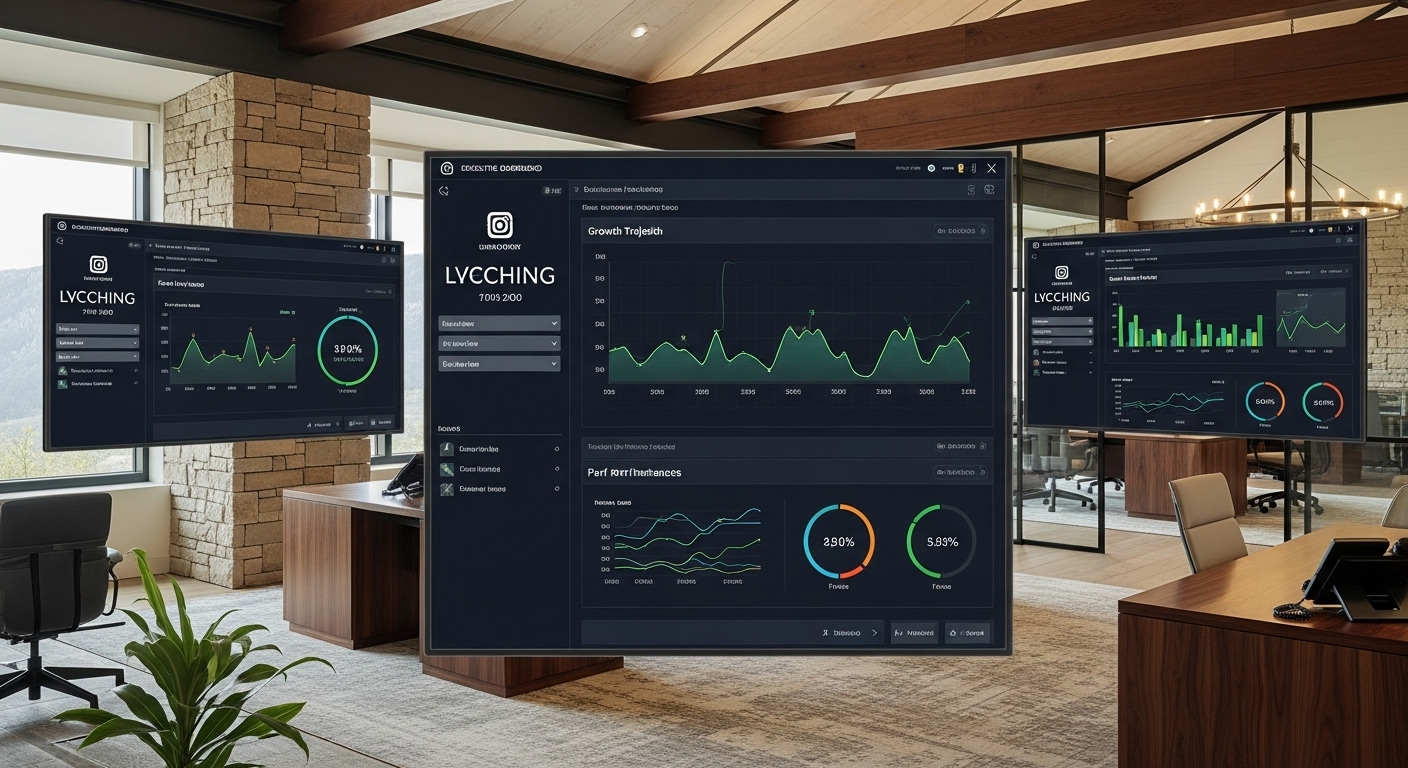
The Execution Advantage
The difference between builders who achieve 10x growth and those who plateau isn't talent, luck, or market conditions. It's systematic execution of a proven growth framework.
The 90-Day Quick Start:
Days 1-30: Complete foundation audit and establish baseline metrics Days 31-60: Implement core systems and begin team expansion Days 61-90: Launch marketing initiatives and optimize operations
The 12-Month Transformation:
Months 1-3: Foundation and systems implementation Months 4-6: Process optimization and team development Months 7-9: Market expansion and service diversification Months 10-12: Scale optimization and strategic planning
Most builders spend years trying to figure out growth on their own. The smart ones invest in proven systems and frameworks that compress their learning curve from years to months.
Your competition is already implementing these strategies. The question isn't whether you should pursue 10x growth—it's whether you'll lead the transformation or watch from the sidelines.
Ready to build your 10x growth plan? Contact 100XBuilds today for a strategic growth consultation. We'll analyze your current position, identify your biggest opportunities, and create a customized roadmap for achieving $50M+ revenue within 36 months.
